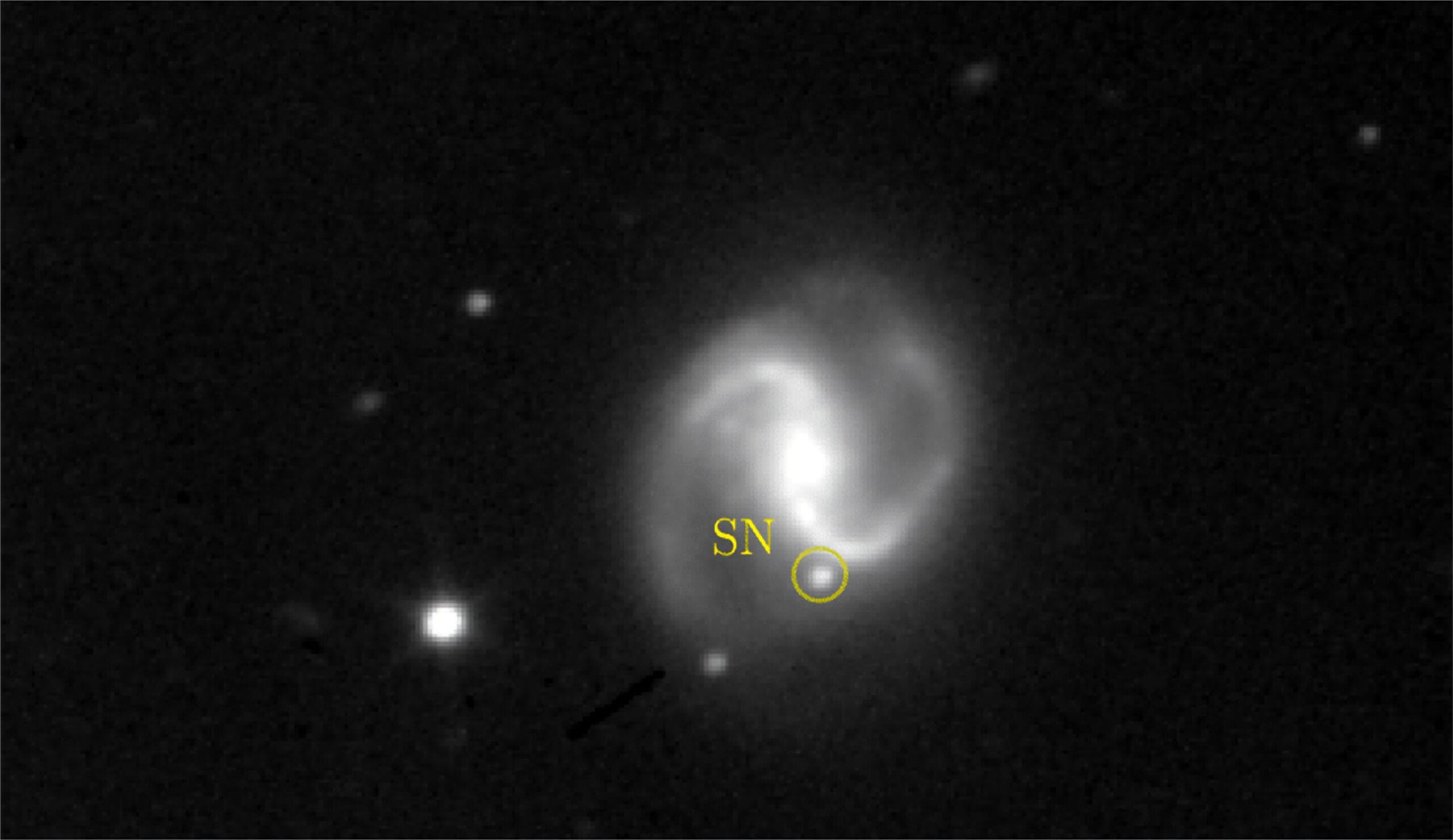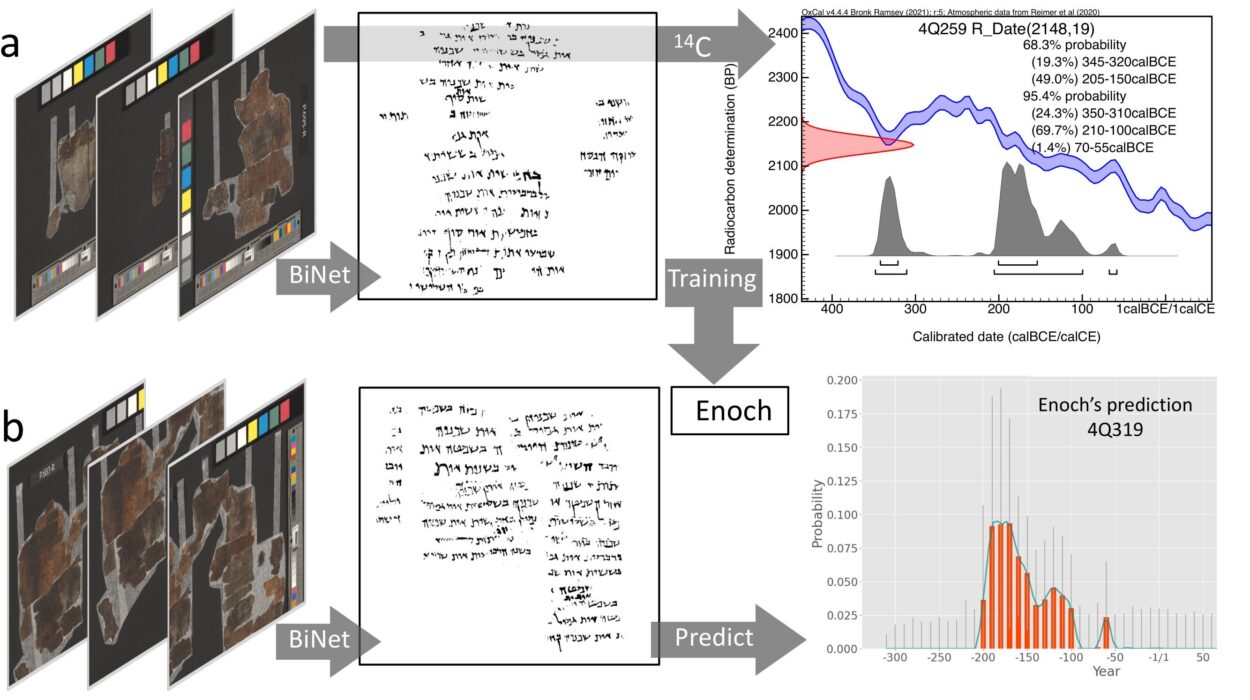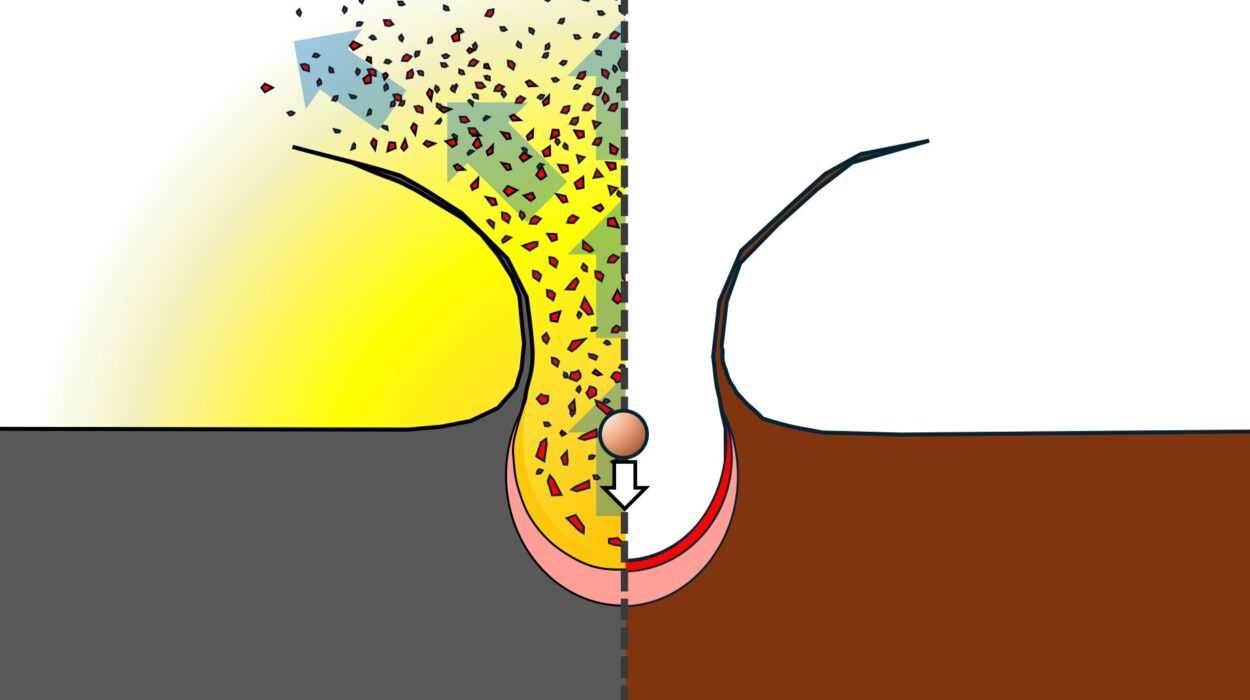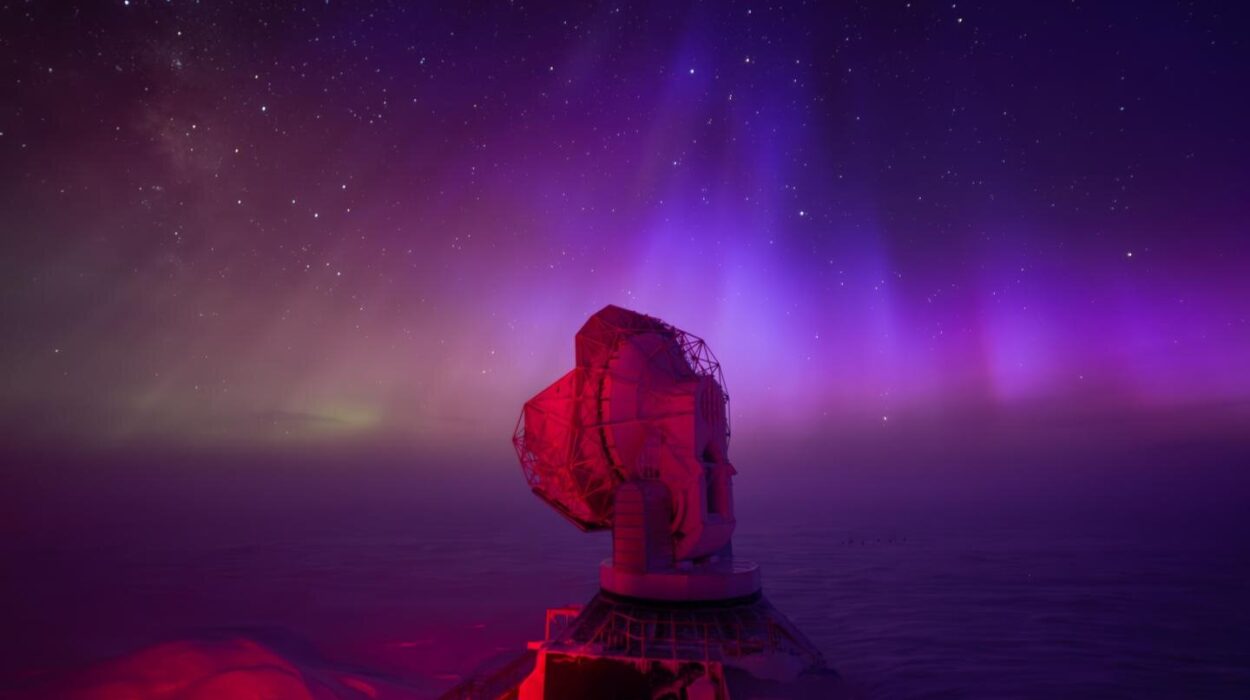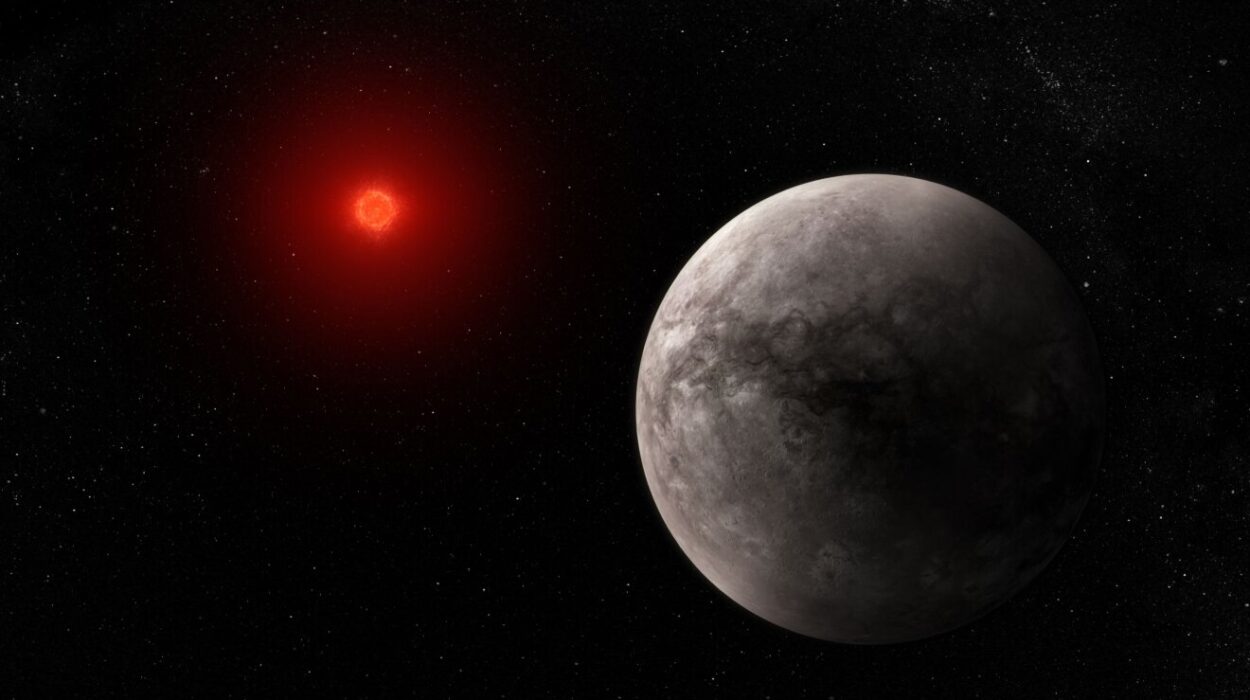Imagine staring at a familiar patch of night sky—quiet, calm, filled only with faint pinpricks of starlight—and then, suddenly, a new beacon appears. It flares with brilliance, rivaling entire galaxies, even though just hours earlier nothing seemed to be there. This is a supernova: the catastrophic explosion of a star, a cosmic event so powerful it can outshine billions of suns.
Supernovae are among the universe’s most dazzling spectacles, but they are also fleeting and unpredictable. They ignite without warning, fade quickly, and leave behind mysteries about the stars that birthed them. For decades, astronomers have struggled to catch these titanic explosions in their earliest stages, when the light still carries untouched clues about the dying star. Today, thanks to new technology and ambitious sky surveys, humanity is finally learning how to spot them almost as soon as they erupt.
What Exactly Is a Supernova?
A supernova marks the violent death of a star. Yet not all stars go out with such fireworks. The kind of supernova that occurs depends on the mass of the star at birth.
For stars not much heavier than the Sun, the final stage of life is relatively quiet. They shrink into dense remnants called white dwarfs—stellar corpses no longer generating heat or light. But under the right conditions, even these stellar remnants can erupt. If a white dwarf belongs to a binary system, it may slowly siphon gas from its companion star. This slow theft increases the white dwarf’s mass until it reaches a critical limit, at which point pressure and temperature skyrocket and the entire star detonates in a thermonuclear explosion. These are called Type Ia supernovae, and they are so consistently bright that astronomers use them as “standard candles” to measure cosmic distances.
The other path to a supernova belongs to truly massive stars—those more than eight times the mass of the Sun. Such stars spend their lives burning fuel at furious rates, fusing lighter atoms into heavier ones in their cores. But fusion can only go so far. Once the core fills with iron, no further energy can be gained from fusion. Without energy to counteract gravity, the star’s heart collapses inward in a fraction of a second. This collapse produces an unimaginably powerful rebound explosion, blasting the star’s outer layers into space. These are called core-collapse supernovae, and they forge many of the heavy elements—like gold and uranium—that eventually become part of planets, and even life.
Why Early Detection Matters
For astronomers, the first hours and days after a supernova erupts are like the opening chapter of a detective novel. The light at this stage carries unique fingerprints of the star’s final moments, offering clues to questions that cannot be answered once the event is weeks old.
Did the star explode alone, or was it stealing material from a companion? What elements filled its outer layers? Did the shockwave collide with nearby gas or dust, creating ripples in the light curve? These details are all hidden in the early glow, in the faint bumps and spectral lines that vanish quickly as the explosion evolves.
“The sooner we see them, the better,” says astrophysicist Lluís Galbany of the Institute of Space Sciences in Barcelona. And he means it literally: the first 24–48 hours may hold the keys to unraveling mysteries about how stars die, what fuels their explosions, and how they shape galaxies.
The Challenge of Catching a Star’s Last Breath
Historically, astronomers discovered most supernovae days or even weeks after they began. By then, much of the critical evidence had already faded into the cosmic noise. The problem is simple: the sky is vast, stars are countless, and supernovae are rare, striking only once or twice per galaxy per century.
But the era of digital astronomy has changed everything. Modern telescopes now conduct high-cadence surveys—scanning wide swaths of the sky repeatedly, night after night. Instead of waiting for a chance discovery, scientists can monitor billions of stars simultaneously, spotting new flashes the moment they appear. With this constant watch, astronomers now discover new supernovae almost daily.
A Rapid-Response Protocol
Finding a newborn supernova is only half the battle. To truly study it, astronomers must react instantly, capturing its spectrum before the light evolves. That is the breakthrough aim of Galbany and his team, who recently tested a rapid-response protocol designed to collect spectra within the first 48 hours, sometimes even within 24.
Their method begins with a simple set of rules. First, compare last night’s sky images with tonight’s. If a bright new source appears where none existed before, and if it lies within a galaxy rather than in empty space, it becomes a candidate. Immediately, the team activates the OSIRIS instrument on the Gran Telescopio Canarias, one of the world’s most powerful telescopes. Within hours, they can record the newborn supernova’s spectrum—the unique barcode of its light.
That spectrum reveals the supernova’s identity. If hydrogen lines appear, it’s a massive star collapsing; if not, it may be a white dwarf detonating. Additional observations from facilities like the Zwicky Transient Facility (ZTF) and ATLAS help reconstruct the rising light curve, searching for subtle bumps that might betray a hidden companion star.
In their pilot study, Galbany’s team applied this approach to ten supernovae—half thermonuclear, half core-collapse. Most were observed within six days of explosion, but two were captured within just 48 hours, proving that the protocol works.
Opening a New Window on Stellar Death
The results are more than a technical achievement—they are a glimpse of the future. If astronomers can consistently gather such early data, they will open a new era in the study of stellar death. Every fresh supernova observed in its infancy adds another piece to the puzzle:
- What conditions push a white dwarf to detonate?
- How do massive stars shape their surroundings before collapsing?
- Can we predict which stars are on the brink of catastrophe?
These are not abstract questions. The answers reveal the cosmic origins of elements, the birth of neutron stars and black holes, and even the forces that shape galaxies.
A Future of Faster Discoveries
The pilot study is just the beginning. With next-generation surveys such as the Legacy Survey of Space and Time (LSST) in Chile, astronomers will soon be able to monitor the sky with unprecedented detail. Galbany’s rapid-response strategy could then deliver spectra within hours of explosion, transforming how we study the universe’s most dramatic events.
In essence, humanity is building a global early-warning system for stellar death. Instead of catching supernovae after they have peaked, we are learning to witness the very moment a star tears itself apart.
A Universe Written in Fire
Supernovae are reminders that the cosmos is alive, restless, and ever-changing. They are violent ends but also creative beginnings, forging the elements that build worlds and sustain life. To catch a supernova in the act is to watch the universe writing its own story in fire.
And thanks to the persistence of astronomers and the rise of rapid-response science, we may now read those stories not weeks late, but in real time—at the speed of starlight.
